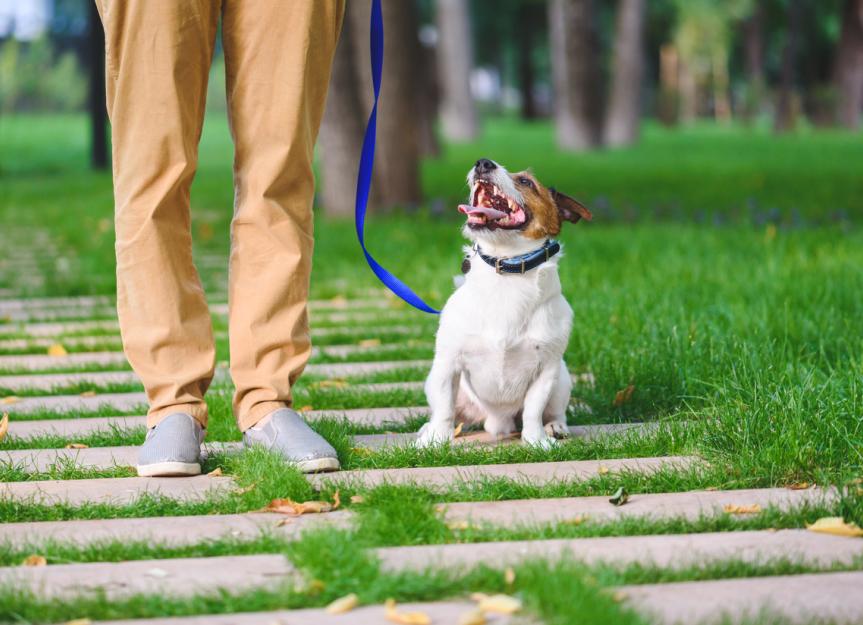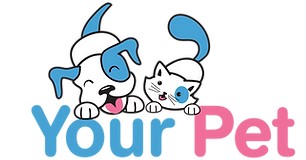
What Is Optimistic Reinforcement?
You might need heard the time interval “optimistic reinforcement” and doubtless some descriptions of what it means. The time interval really has two meanings: It is a course of that helps canine (really, all pets) research new experience, and may also be used to determine a gaggle of trainers who use optimistic reinforcement as their main strategy of teaching.
In distinction with completely different methods, optimistic reinforcement strengthens habits, builds trusting relationships between pet dad and mother and their animal companions, and protects the behavioral effectively being of pets.
Merely put, reinforcement is a course of that strengthens a habits. There are two courses of reinforcement: optimistic and hostile.
Optimistic Reinforcement vs. Harmful Reinforcement
Optimistic Reinforcement
The “optimistic” in optimistic reinforcement doesn’t suggest “good.” It means “added.” Reinforcement means to make one factor stronger. When using this system to teach a pup, you add one factor immediately after the habits that will strengthen that habits all by way of the canine’s teaching. The issue we add is usually one factor the canine likes or wishes, like a cope with or a abdomen rub. If the habits doesn’t happen persistently over a timeframe, optimistic reinforcement has not been achieved.
An occasion could be instructing your canine to potty open air in its place of in your new hardwood flooring. When your canine begins to eradicate, wait quietly until they finish. As quickly as they do, ship plenty of delicious treats and verbal reward. This may increasingly create a necessity for them to do their enterprise exterior and accumulate their prize. This might now happen further on account of it is being positively bolstered.
In case you might be teaching your canine and the required habits is not happening further usually when requested, then you definately aren’t effectively using optimistic reinforcement. “Optimistic reinforcement doesn’t work” is an announcement that isn’t really true. It is further appropriate to say that “optimistic reinforcement has not occurred,” which means there’s one thing incorrect with the execution.
The canine moreover decides what has a reinforcing influence and what does not. For example, a canine that merely ate a full meal will not uncover meals as reinforcing as entry to exterior or play to burn off the facility from their meal. Alternatively, a canine that has been exercising for an hour and has not been fed in plenty of hours might uncover meals extraordinarily reinforcing.
Harmful Reinforcement
The concept of hostile reinforcement, a elaborate a part of finding out, moreover leads to an identical confusion. “Harmful” does not suggest harmful; It means “subtracted.” Optimistic and hostile reinforcement are associated on account of they every strengthen habits.
Optimistic reinforcement means together with one factor immediately after a habits occurs and hostile reinforcement means taking one factor away immediately after the habits occurs. With hostile reinforcement, the “one factor” that is taken away or eradicated is often one factor the canine does not uncover good and wish to steer clear of. For example, if there’s one thing happening the canine thinks is horrifying, like a person working in the direction of them or attempting to pet them, they may snap at them. If the scary issue stops or goes away, then snapping might have been negatively bolstered.
Harmful reinforcement is a troublesome course of. It is usually confused with punishment, and when used traditionally it is not a humane choice to follow your pet. That’s on account of they need to be confronted with one factor they want to steer clear of—one factor they perceive as painful, scary, intimidating, or threatening. The minute a person offers one factor hostile to a pet’s environment, there’s fallout. Three important fallouts of using hostile reinforcement are:
Optimistic Reinforcement Is Moreover a Movement
Optimistic reinforcement may also be a movement based on the philosophy that, as professionals and pet dad and mother, we should be centered on strengthening the habits we want to see, versus reacting and punishing habits we don’t want to see.
Because of the means wherein punishment is usually used, it comes with plenty of potential fallouts, like a statistical enhance of fear-based behaviors and probability of aggression. Teaching is a tool that should perform a satisfying and rewarding possibility to speak collectively together with your canine.
How Do You Use Optimistic Reinforcement?
When teaching your canine with optimistic reinforcement, you ship a bodily or verbal quick for a habits, look ahead to the canine to complete the habits, and ship one factor the canine wishes. Repeat this course of plenty of situations to judge the change throughout the habits. Is the canine sitting further reliably, further typically, or faster?
It’s not adequate to say, “I gave my canine a cope with after he sat so I used optimistic reinforcement.” You might need achieved this, however when sitting on cue doesn’t happen further usually, you have not positively bolstered the habits.
Markers are moreover a helpful system. Clickers are considered one of many further in fashion markers utilized in teaching. They help discuss to the canine exactly what they did to earn the reinforcer. It’s used to mark the exact second the canine has achieved the obligation and correct sooner than the reinforcer is delivered. For example, for many who ask your canine to sit down, look ahead to the second your canine’s bottom contacts the bottom after which immediately use the marker to “mark” that second. Then ship the cope with. Working with a licensed expert coach can help get you clicking in a short time.
Recommendations on Using Optimistic Reinforcement
-
Make sure you could be really using it: Monitor your teaching so that you already know that what you could be engaged on is getting larger. That is, whilst you ask your canine to sit down, are they doing it immediately every time you ask?
-
Teaching environments: Assure there’s little or no distraction when practising a model new habits collectively together with your canine.
-
Select your reinforcers with care: In a structured session, use one factor you already know could be satisfying to your canine. Remember, they resolve what’s reinforcing and what’s not.
-
Use a marker: Marking the habits options as a secondary reinforcer as long as the marker—clicker or phrase—is paired with the primary reinforcer.
-
Durations should be temporary and satisfying: Select one expertise, work on it for 5 minutes, add verbal reward to your main reinforcer, take breaks, and end the session whereas the canine continues to be having enjoyable with it.
Most importantly, have satisfying!
WRITTEN BY
Erika Lessa, CBST, CDBT, CDBC, CPDT-KA, Fear-Free Licensed
Expert Coach




